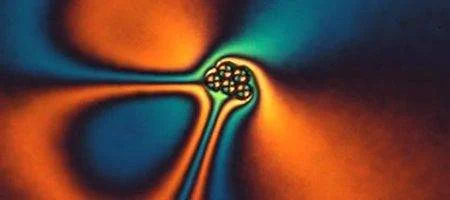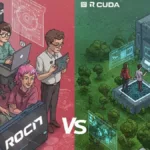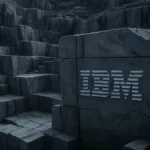By showing that tiny particles injected into a liquid crystal medium behave in accordance with mathematical theorems, physicists at the University of Colorado Boulder say they’ve set the stage for a host of new materials with properties that don’t exist in nature.

The research could lead to improvements in liquid crystal displays, allowing them to interact with light in new ways and making them even more energy efficient.
“Our study shows that interaction between particles and molecular alignment in liquid crystals follows the predictions of topological theorems, making it possible to use these theorems in designing new composite materials with unique properties that cannot be encountered in nature or synthesized by chemists,” says CU-Boulder physics department assistant professor Ivan Smalyukh.
To create their ‘recipe book’ the researchers staerted with colloids — solutions in which tiny particles are dispersed, but not dissolved, throughout a host medium. They injected tiny particles into a liquid crystal, which behaves somewhat like a liquid and somewhat like a solid.
The particles they used represent fundamental building-block shapes in topology: each is distinct from the others and one cannot be turned into another without cutting or gluing. Objects that look different are still considered the same in topology if one can be turned into the other by stretching or bending – types of continuous deformation.
And once injected into a liquid crystal, says the team, the particles behaved as predicted by topology.
“These findings lay the groundwork for new applications in experimental studies of low-dimensional topology, with important potential ramifications for many branches of science and technology,” says Smalyukh.






